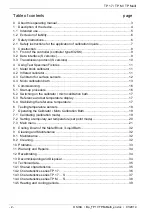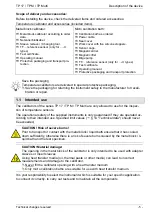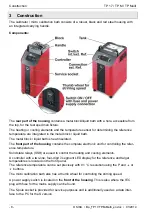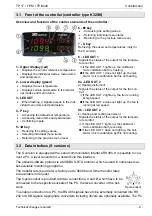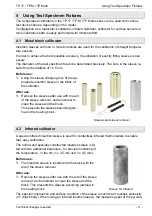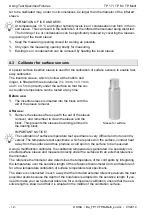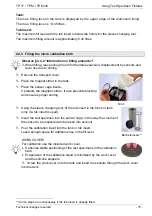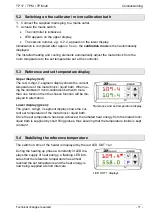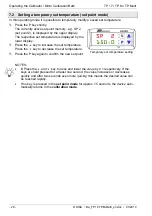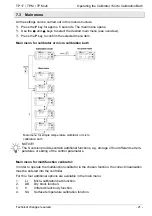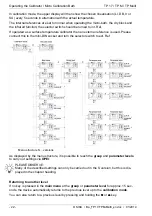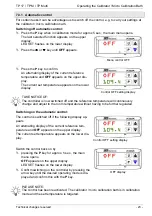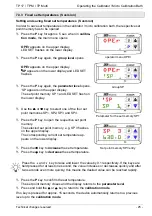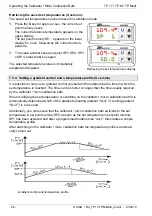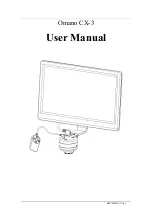
© SIKA • Ba_TP17-TPM-Multi_en.doc • 01/2014
ter to be calibrated may, under no circumstances, be larger than the diameter of the infrared
sleeve.
FORMATION OF ICE AND DEW!
At temperatures < 0 °C and higher humidity levels ice or condensation can form in the in-
sert sleeve. This can result in the calibration of the infrared thermometer being distorted.
The forming of ice or condensation can be significantly reduced by covering the measur-
ing opening of the insert sleeve.
Keep the measuring opening closed for as long as possible.
Only open the measuring opening briefly for measuring.
Existing ice or condensation can be removed by heating the insert sleeve
4.3 Calibrator for surface sensors
A special surface insertion sleeve is used for the calibration of surface sensors to enable fast,
easy calibration.
The insertion sleeve, which is hollow at the bottom and
longer, is fitted with three boreholes (1 x 3 mm, 1x 3.1 mm
und 1 x 4.5 mm) directly under the surface so that the cor-
rect surface temperature can be tested at any time.
Before use:
The insertion sleeve is inserted into the block with the
aid of the sleeve remover.
After use:
Remove the sleeves after use with the aid of the sleeve
remover, and remember to clean the sleeve and the
block. This prevents the sleeves becoming jammed in
the heating block.
IMPORTANT NOTICE!
The calibration of surface temperature test specimens is very difficult and not uncontro-
versial. The temperature test specimens, which are placed on the surface, conduct heat
away from the surface and thus produce a cold spot on the surface to be measured.
Using a multifunction calibrator, the calibration temperature is generated in a specially con-
structed surface sleeve and measured directly under the surface with an external reference
thermometer.
The reference thermometer also determines the temperature of the cold spots by integrating
the temperature over the sensitive length of the reference thermometer and can therefore of-
fer a true temperature calibration of surface temperature test specimens.
The sleeve is constructed in such a way that the included external reference delivers the best
possible results because the depth of the boreholes is adapted to the sensitive length. If you
need to make your own external reference for a comparison calibration, ensure that the sen-
sitive length is known and that it is situated in the middle of the calibration surface.
Sleeve for surface


